Olmeheal
✅ Manages high blood pressure
✅ Reduces risk of stroke
✅ Lowers risk of heart attack
✅ Protects kidney function
✅ Improves cardiovascular health
Olmeheal contains Olmesartan medoxomil.
Product Overview
Olmeheal is a pharmaceutical preparation containing the active compound Olmesartan medoxomil. As an angiotensin II receptor antagonist (ARB), this medication is primarily indicated for the management of hypertension in adult patients and pediatric populations aged 6 years and above. Its therapeutic action involves selective blockade of angiotensin II receptors, resulting in vasodilation and consequent reduction in systemic vascular resistance and blood pressure.
Therapeutic Indications
The principal clinical application of Olmeheal is the treatment of essential hypertension. Through its vasodilatory effects, the medication decreases cardiac afterload and mitigates the cardiovascular sequelae associated with chronic hypertension, including myocardial infarction, cerebrovascular accidents, and renal impairment. Additionally, Olmeheal demonstrates nephroprotective properties in hypertensive patients with concomitant type 2 diabetes mellitus.
Administration Guidelines
Olmeheal is administered via the oral route, with or without alimentary intake, as prescribed by a qualified healthcare practitioner. The posology should be individualized based on therapeutic response and clinical parameters. Maintenance of regular dosing schedules is essential for optimal therapeutic outcomes. Patients are advised to strictly adhere to prescribed regimens and consult their physician before discontinuation.
Mechanism of Action
The pharmacodynamic profile of Olmeheal involves selective antagonism of angiotensin II type 1 (AT1) receptors. This blockade inhibits angiotensin II-mediated vasoconstriction, leading to decreased peripheral vascular resistance. The resultant hemodynamic effects include reduction in systolic and diastolic blood pressure, with concomitant improvement in end-organ perfusion.
Posology and Method of Administration
Dosage titration should be performed under medical supervision, with initial doses typically ranging from 20-40 mg once daily. The medication is formulated as film-coated tablets for oral ingestion, to be consumed with adequate hydration. Patients should be advised that the full antihypertensive effect may require several weeks of continuous therapy, necessitating compliance even in the absence of symptomatic improvement.
Therapeutic Advantages
Olmeheal provides comprehensive cardiovascular benefits through effective blood pressure control. Its clinical advantages include reduction in hypertension-related morbidity and mortality, amelioration of pressure-related symptoms (including cephalalgia, exertional dyspnea, and presyncope), and potential retardation of diabetic nephropathy progression in susceptible populations.
Adverse Reactions
The most frequently reported adverse drug reactions include vertigo, cephalalgia, gastrointestinal disturbances (particularly diarrhea), and musculoskeletal discomfort. Less commonly, patients may experience upper respiratory tract infection-like symptoms. Serious adverse effects requiring immediate medical attention include angioedema, hepatobiliary dysfunction, and acute renal impairment.
Precautions and Contraindications
Prior to initiation of therapy, a comprehensive medical history should be obtained, with particular attention to renal function, hepatic status, and concomitant pharmacotherapy. Notable drug interactions include enhanced hyperkalemia risk with potassium-sparing agents, diminished antihypertensive efficacy with NSAIDs, and potential lithium toxicity. Dietary modifications should include sodium restriction and alcohol avoidance.
Storage Conditions
Maintain the product in its original packaging at controlled room temperature (15-30°C), protected from humidity and light exposure. Ensure secure storage away from pediatric access and domestic animals. Avoid storage in areas with significant moisture fluctuation, such as bathrooms or kitchen cabinets near sinks.
Medical Disclaimer:
The information provided herein is intended for educational purposes only and represents current pharmacological knowledge. This content does not encompass all potential adverse effects, contraindications, or drug interactions. It should not be construed as a substitute for professional medical advice, diagnosis, or treatment. Healthcare providers should be consulted for personalized therapeutic recommendations. This information aims to facilitate informed patient-physician discussions rather than replace clinical judgment.
| Strength | 20 mg, 40 mg |
|---|---|
| Quantity | 30 Tablet/s, 60 Tablet/s, 90 Tablet/s, 180 Tablet/s |
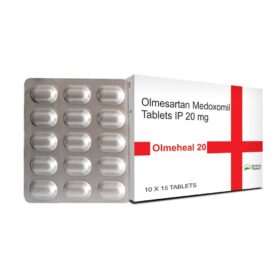 Olmeheal
Olmeheal









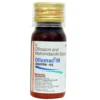
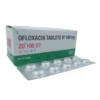
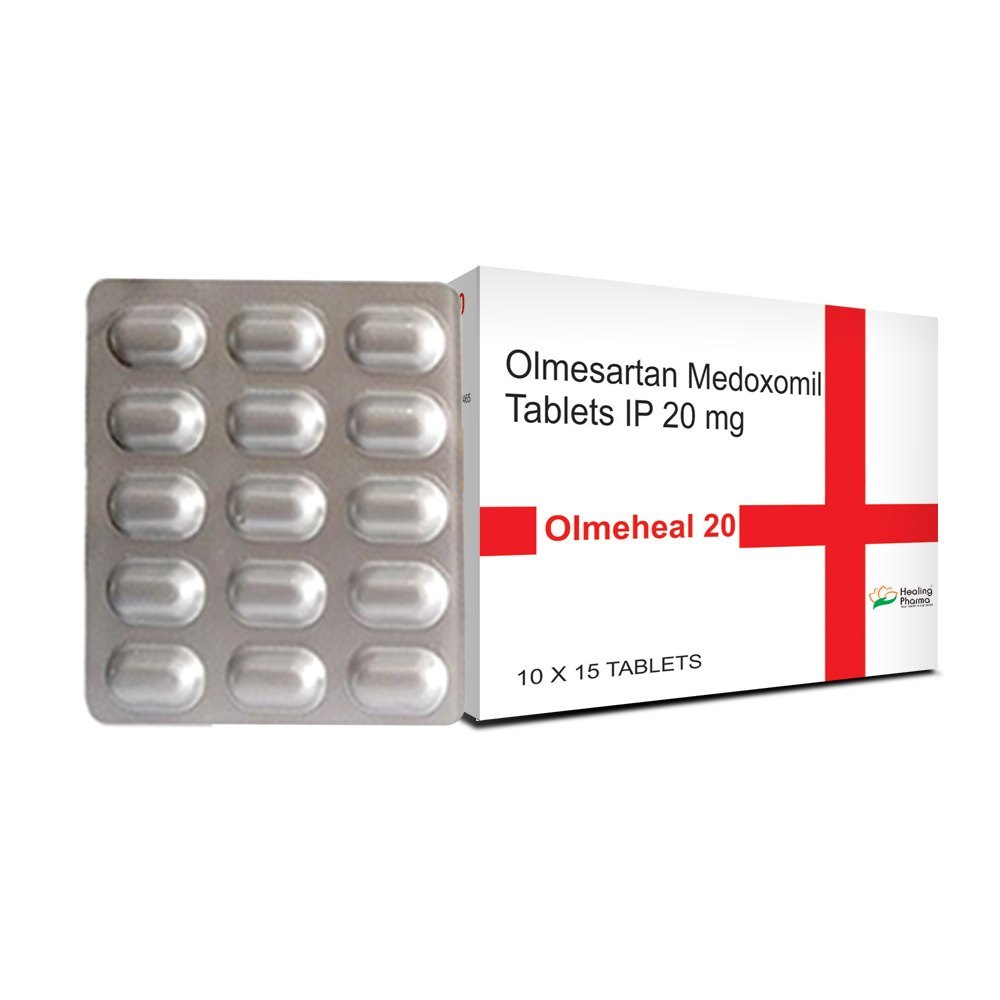
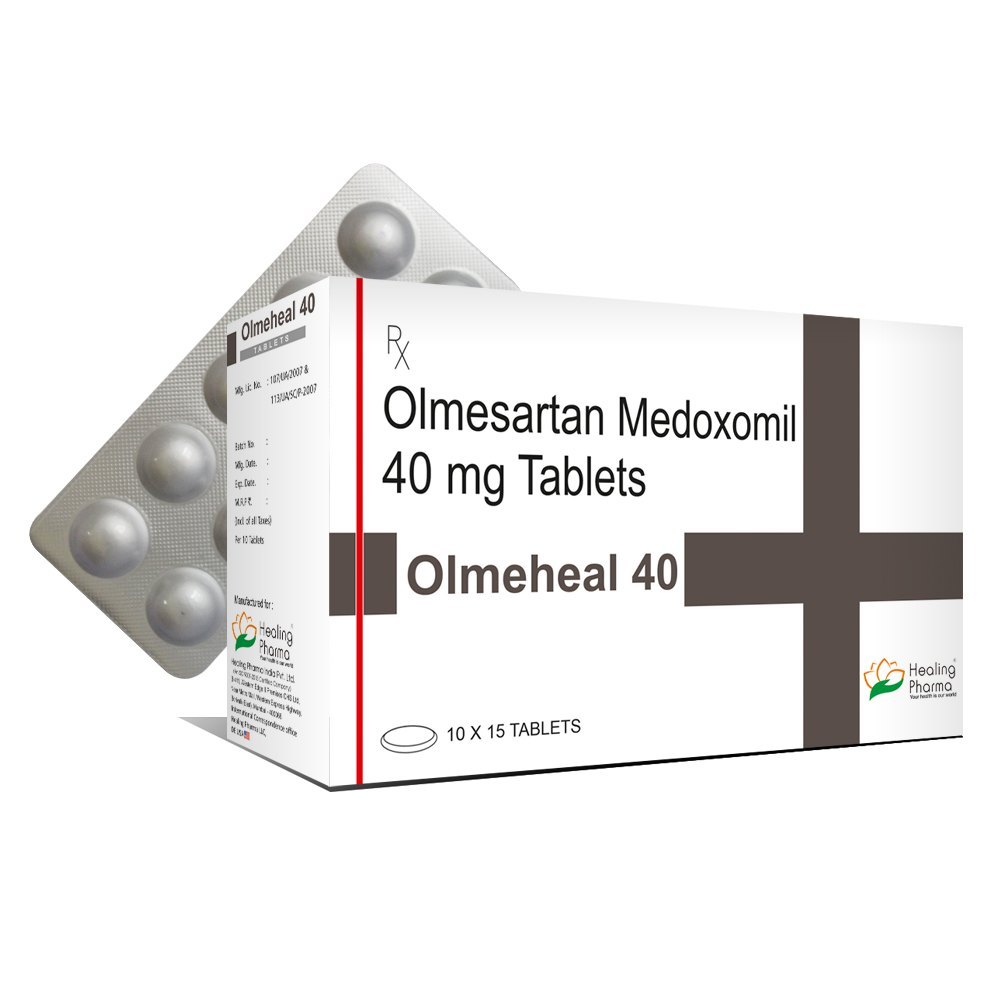
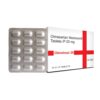
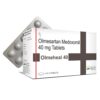
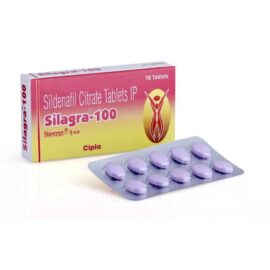
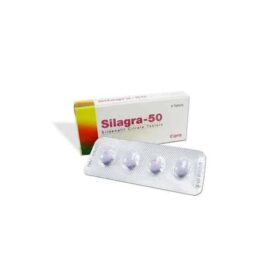
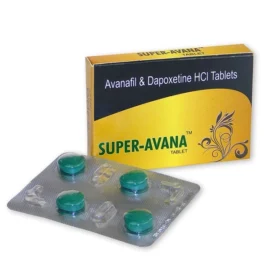
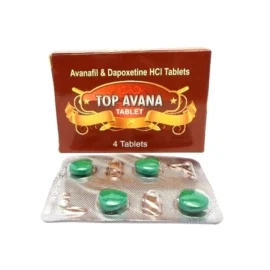
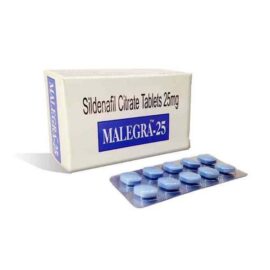
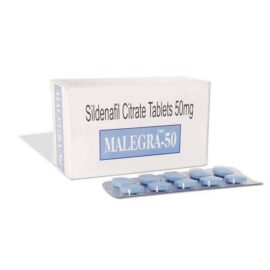
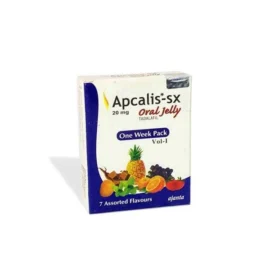
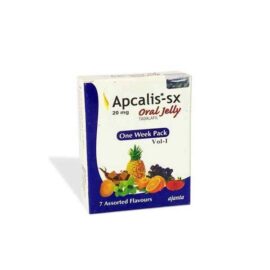
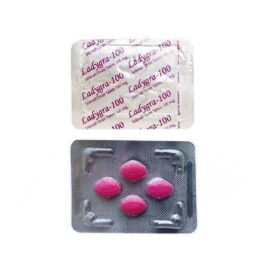
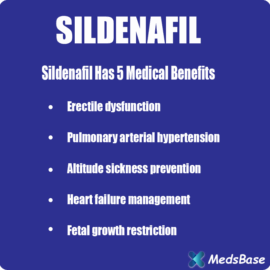
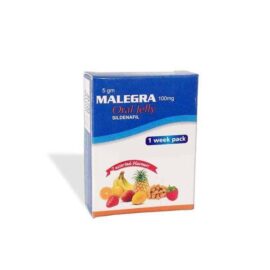
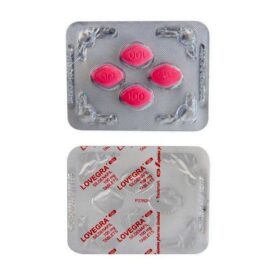
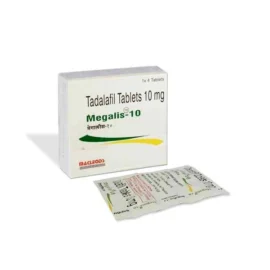
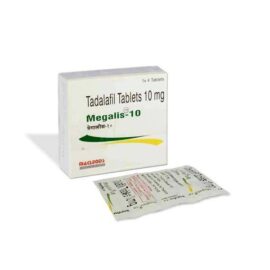
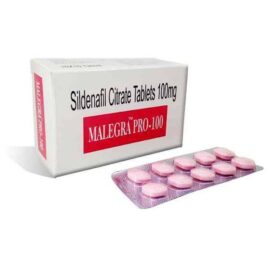
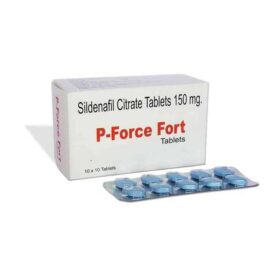
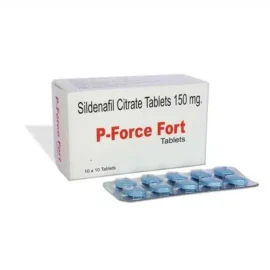
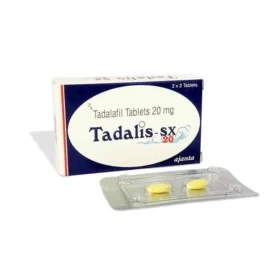
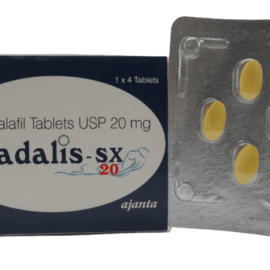
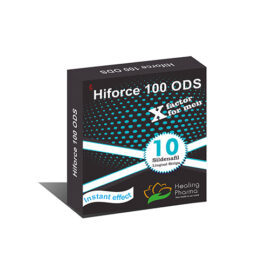
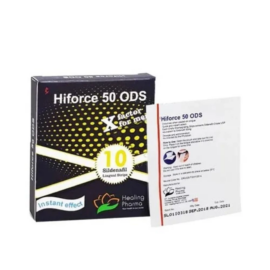
Reviews
There are no reviews yet